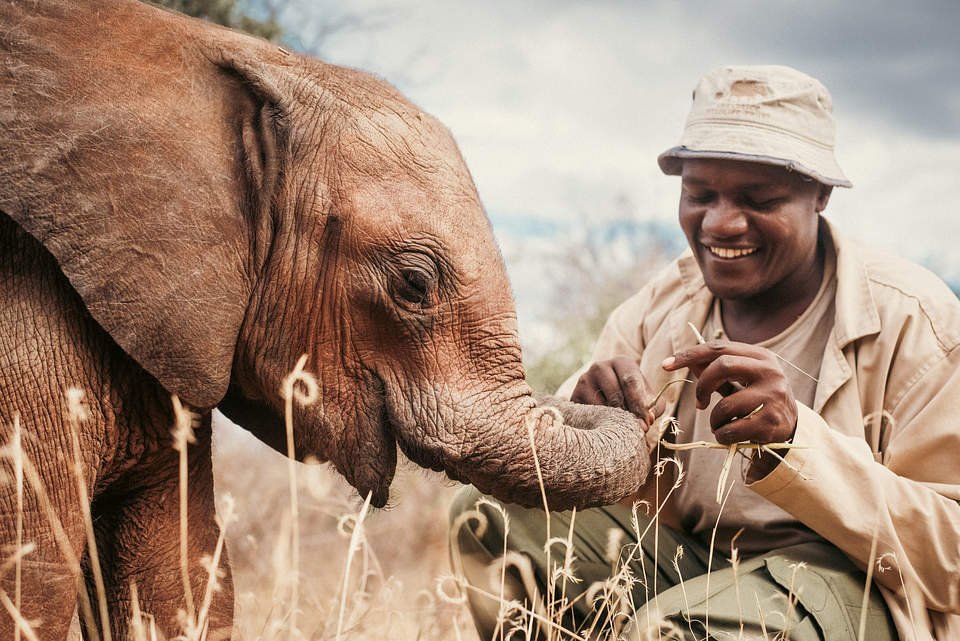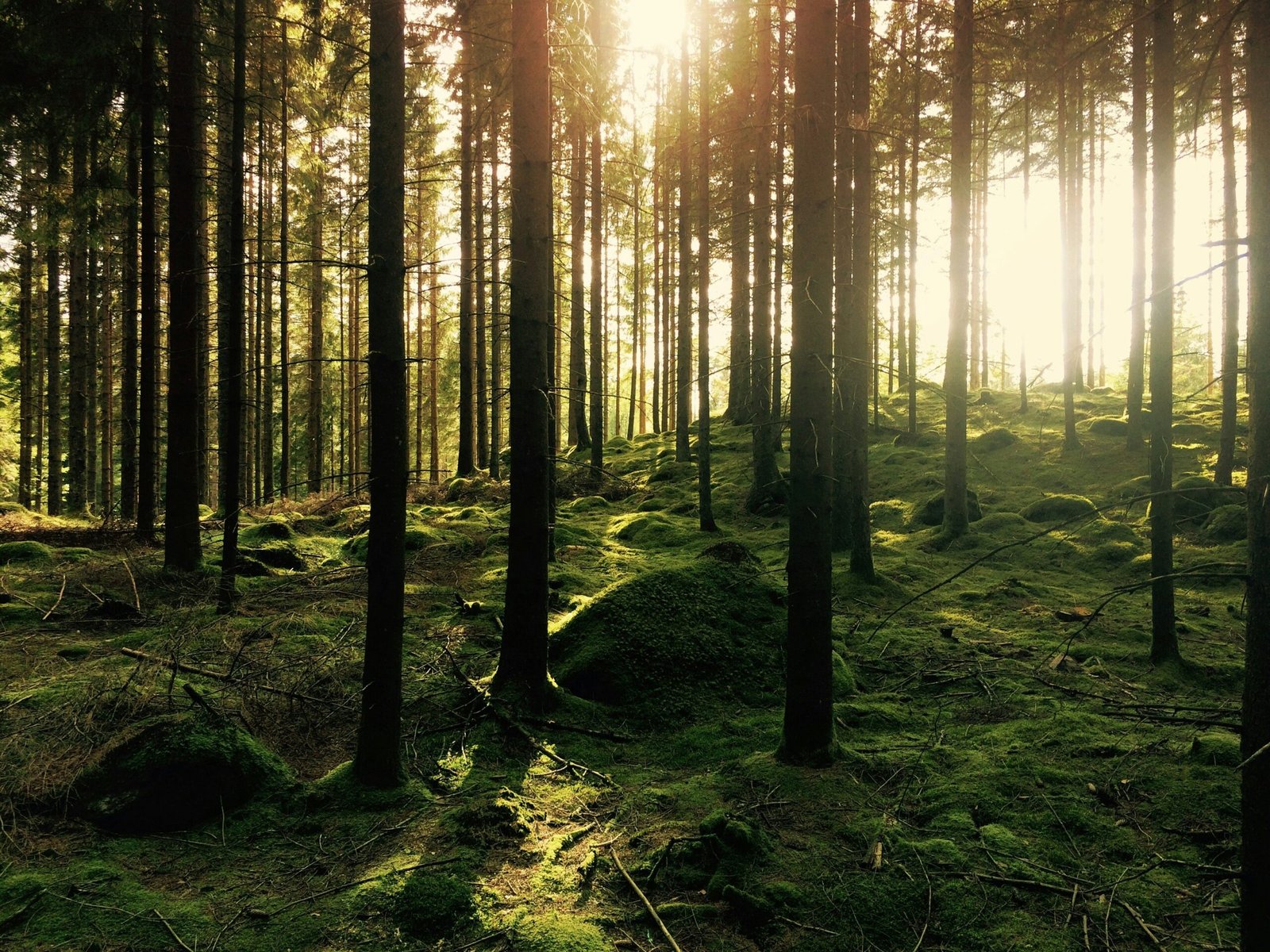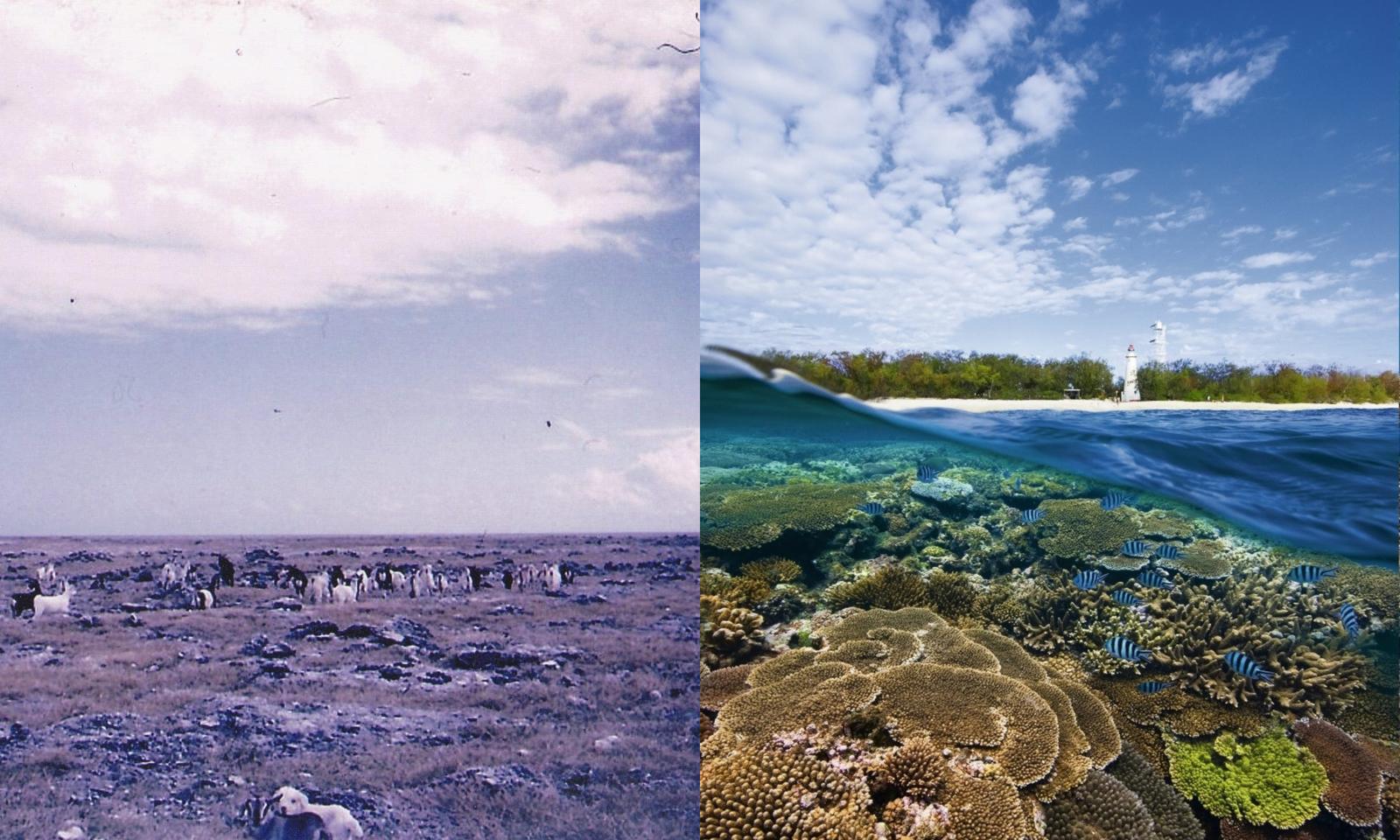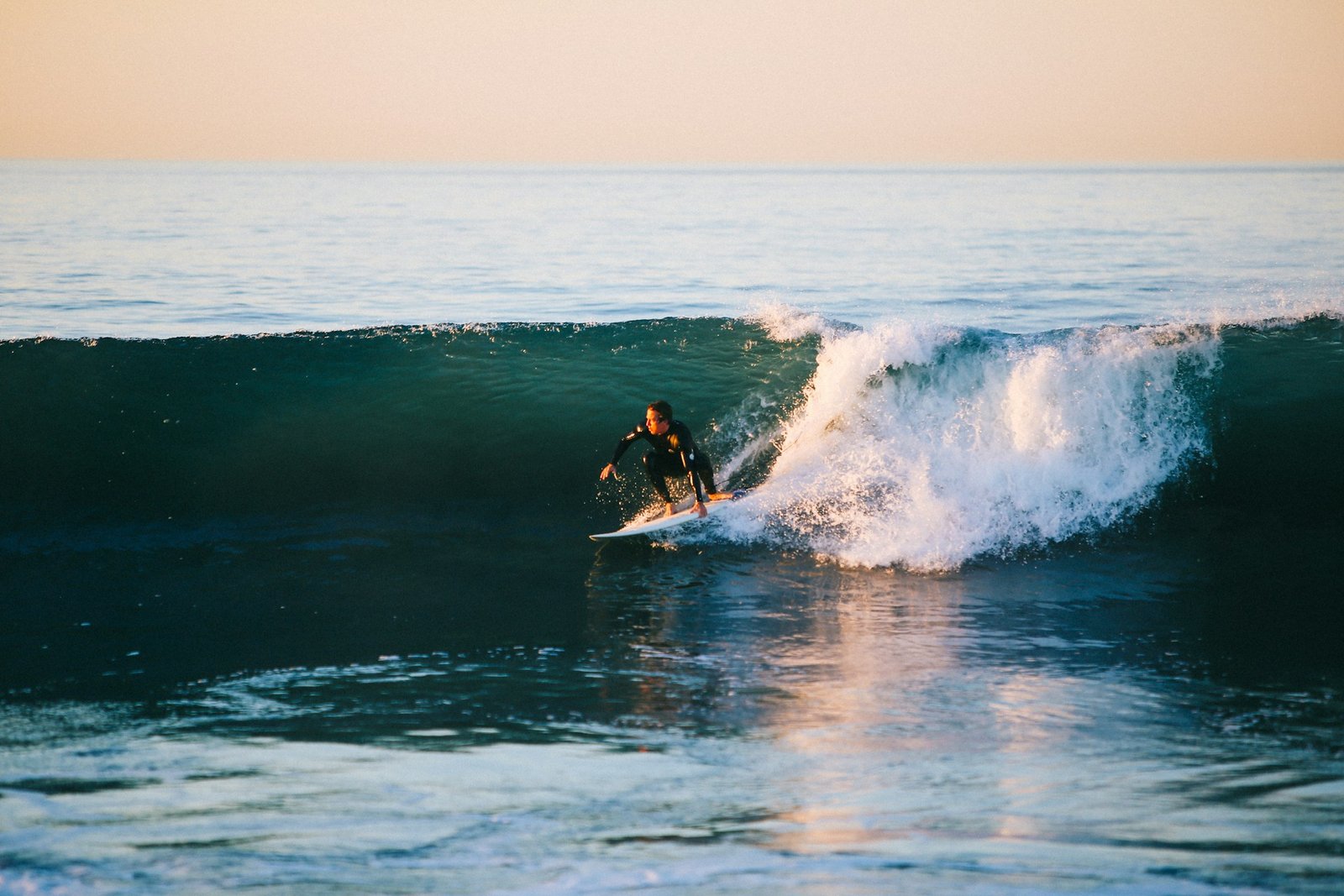52% of Australian Oceans to be Officially Conserved
The Federal Environment Minister Tanya Plibersek recently announced plans to expand the Heard and McDonald Islands Marine Park by 310,000 square kilometres. This move sets Australia on track to protect 52% of its oceans, protecting more oceans than any other country.
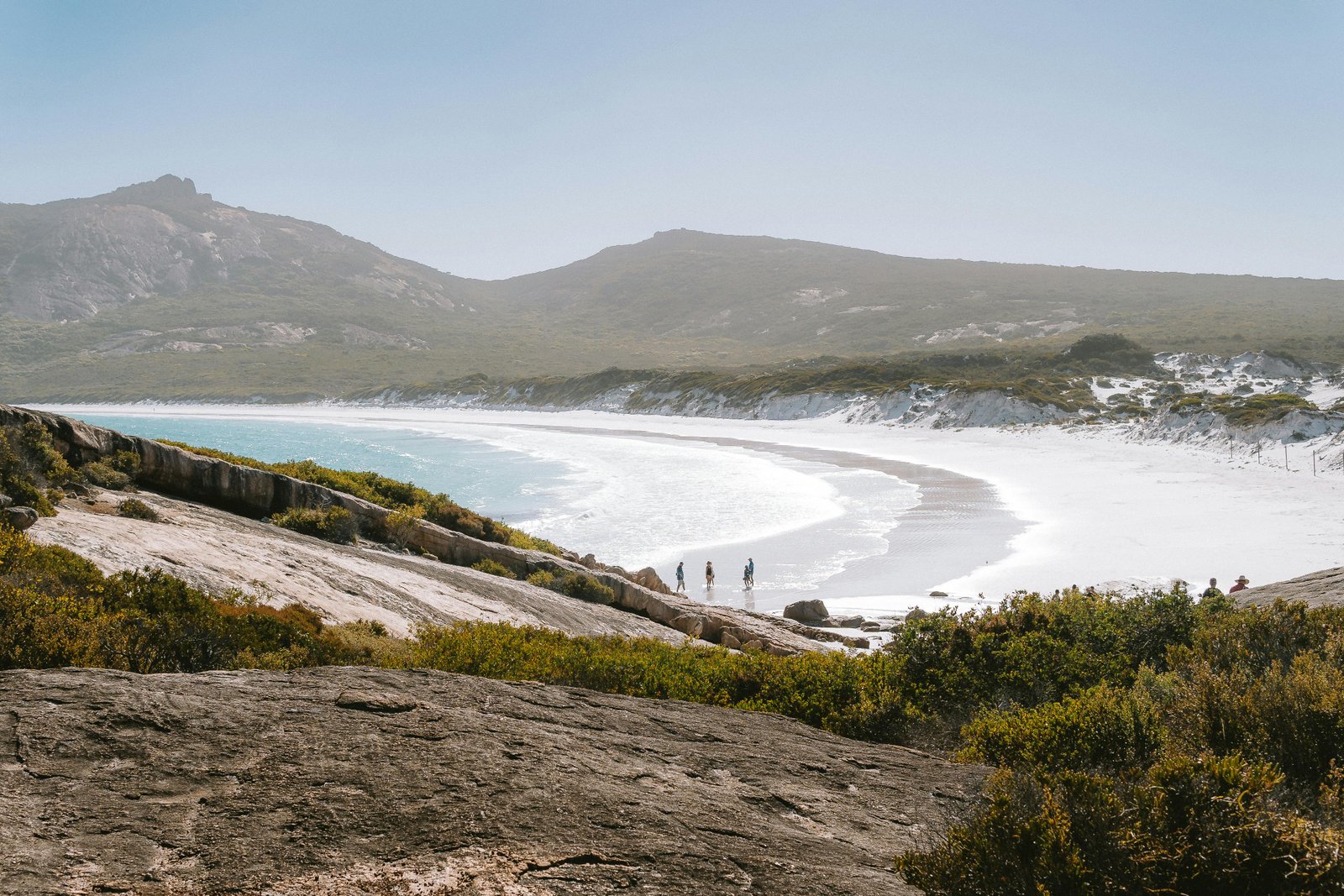
Image by Line Knipst
With a staggering 85% of Australians living within 50 kilometres of the coast, oceans occupy a prominent place in the lives of many Australians. Thus, this move goes far beyond meeting the UN’s global conservation target, showcasing Australia’s commitment to preserving its pristine marine environments and setting a powerful precedent for ocean preservation worldwide.
Located about 4,000 km southwest of mainland Australia, the Heard and McDonald Islands are home to Australia’s only active volcanoes, glaciers, wetlands, and diverse populations of penguins, seals and albatrosses. Enjoying World Heritage Protection and marine reserve status, the islands are unoccupied by humans and remain one of the world’s least anthropogenically disturbed areas.
The decision to expand is set to further cement this status, ensuring the islands and their surrounding waters remain free from invasive species and human overreach. This move follows last year’s expansion of the Macquarie Island Marine Park, which tripled in size and became the largest ocean conservation initiative of 2023. Together, these conservation efforts cement Australia’s position as a leader in marine conservation, making waves in global ocean protection.
It doesn’t end there. The government has further committed to the ongoing preservation of its waters by funding a research voyage to the Heard and McDonald Islands during the 2025-26 Antarctic Season.
Expressing her excitement, Minister Tanya Plibersek stated, “This is not just a huge environmental win for Australia, it’s a huge environmental win for the world.” This expansion is set to safeguard the habitats of millions of marine birds and mammals while keeping the area free from feral species and harmful human impact.
At the same time, scientists and environmental groups have raised concerns about gaps in the plan. They argue that the government has fallen short of safeguarding critical habitats such as the Undersea canyons, biodiverse seamounts and Williams Ridge.
Fiona Maxwell, National Oceans Manager at Pew Charitable Trusts noted, “while the government’s decision to expand sanctuary zones is a positive step, it doesn’t go far enough to protect these vital habitats.” Darren Kindleysides, CEO of the Australian Marine Conservation Society also shared similar ideas as he stated “t0he government should have listened to the science report and expanded sanctuaries around the most critical conservation features”
The 30 by 30 Alliance, a coalition of conservation and scientific experts has flagged another issue – funding. They claim the Albanese government spends just 0.1% of its budget on nature, while subsidies for environmentally harmful activities outweigh conservation investments 50 to 1. Experts recommend increasing this to 1% of federal spending, including a $5 billion fund to secure and protect high-biodiversity lands. The Biodiversity Council has shared similar concerns, emphasising the need for systemic change.
Similar articles that you may like:
A future matriarch in the making: the rescue of Korbessa, an orphaned baby elephant – Read Here
Mnemba Island’s Coral Reef Revival Success – Read Here
Born Free Foundation releases two leopards held in illegal captivity into a forever home – Read Here
